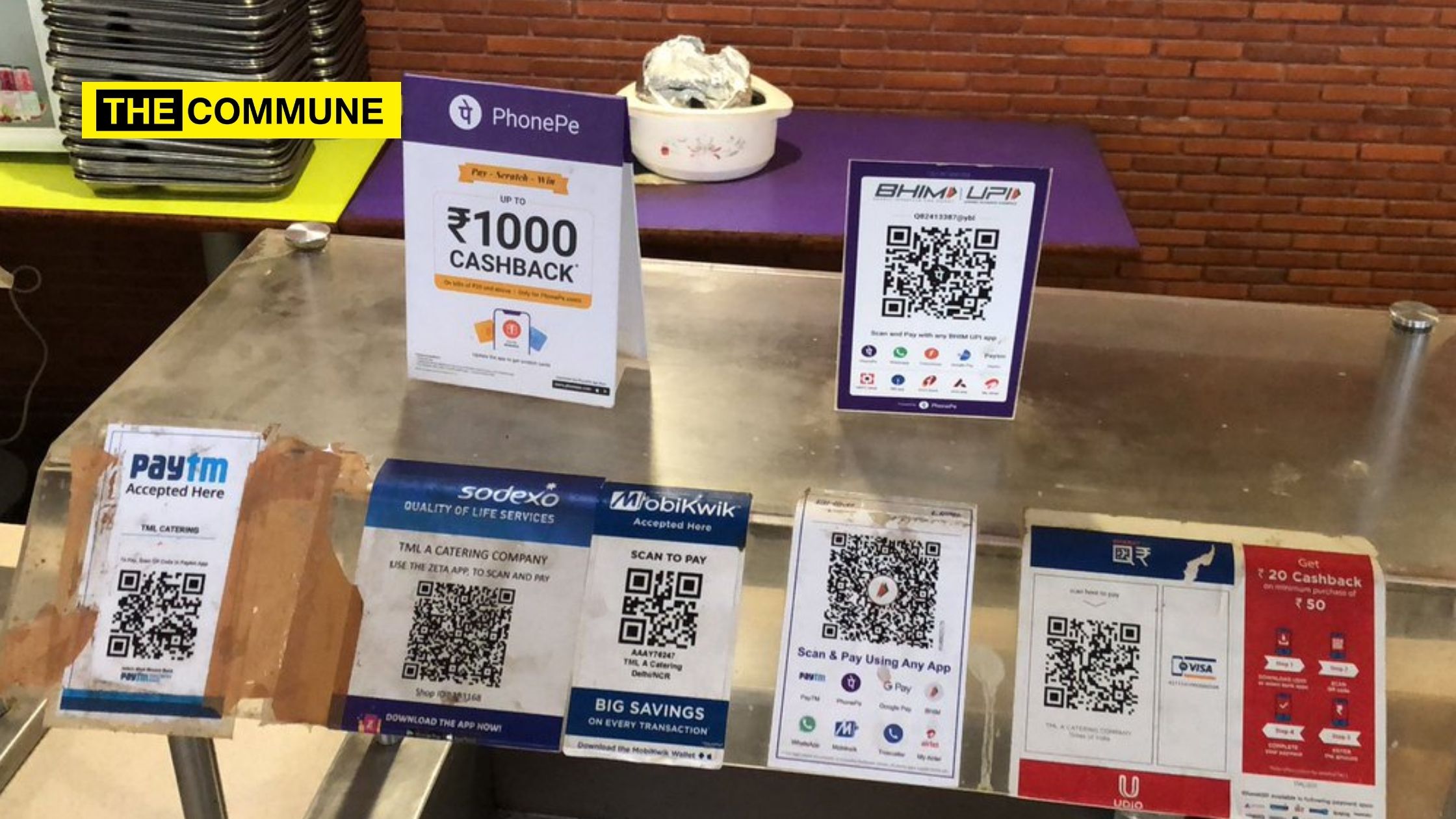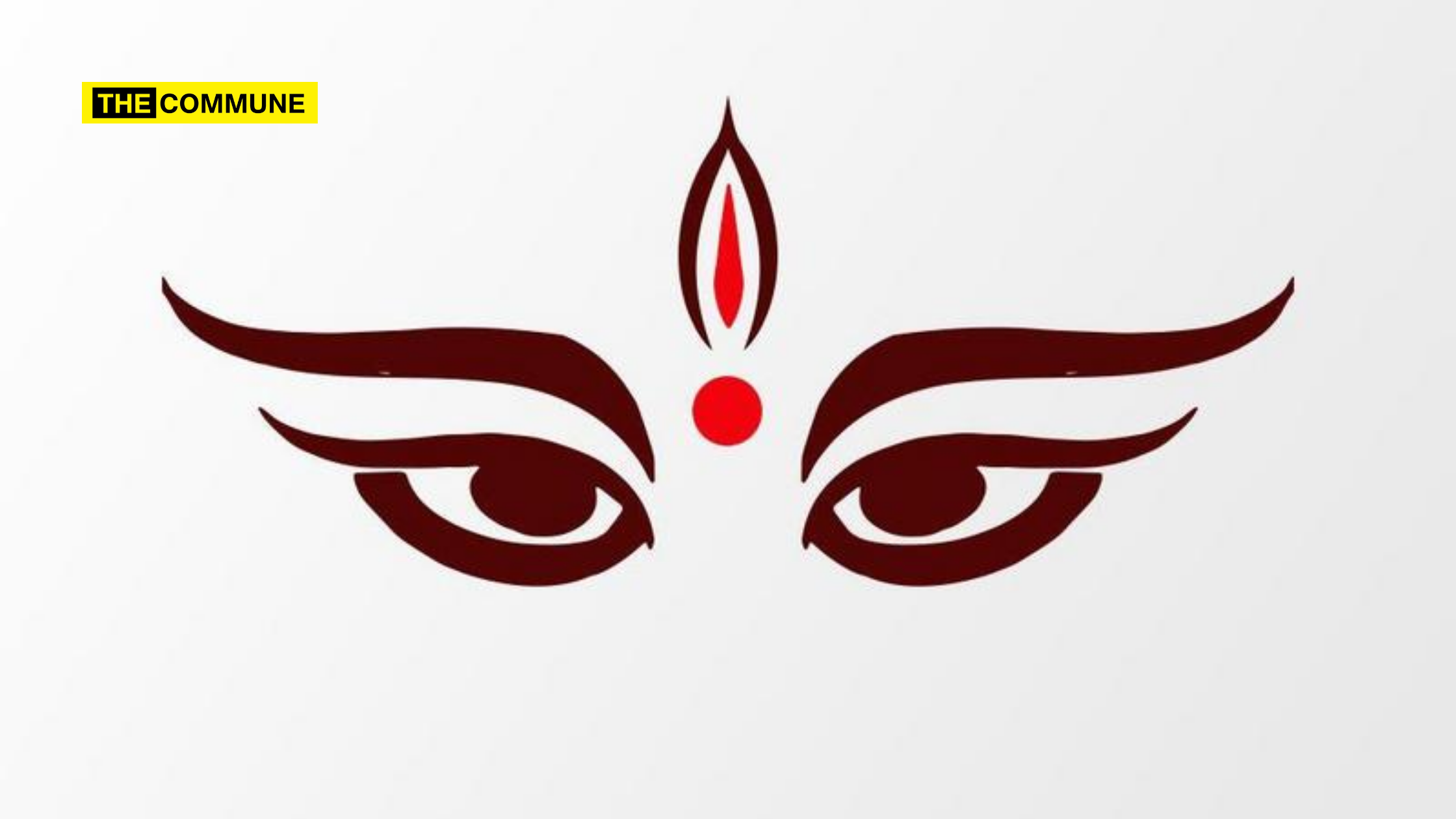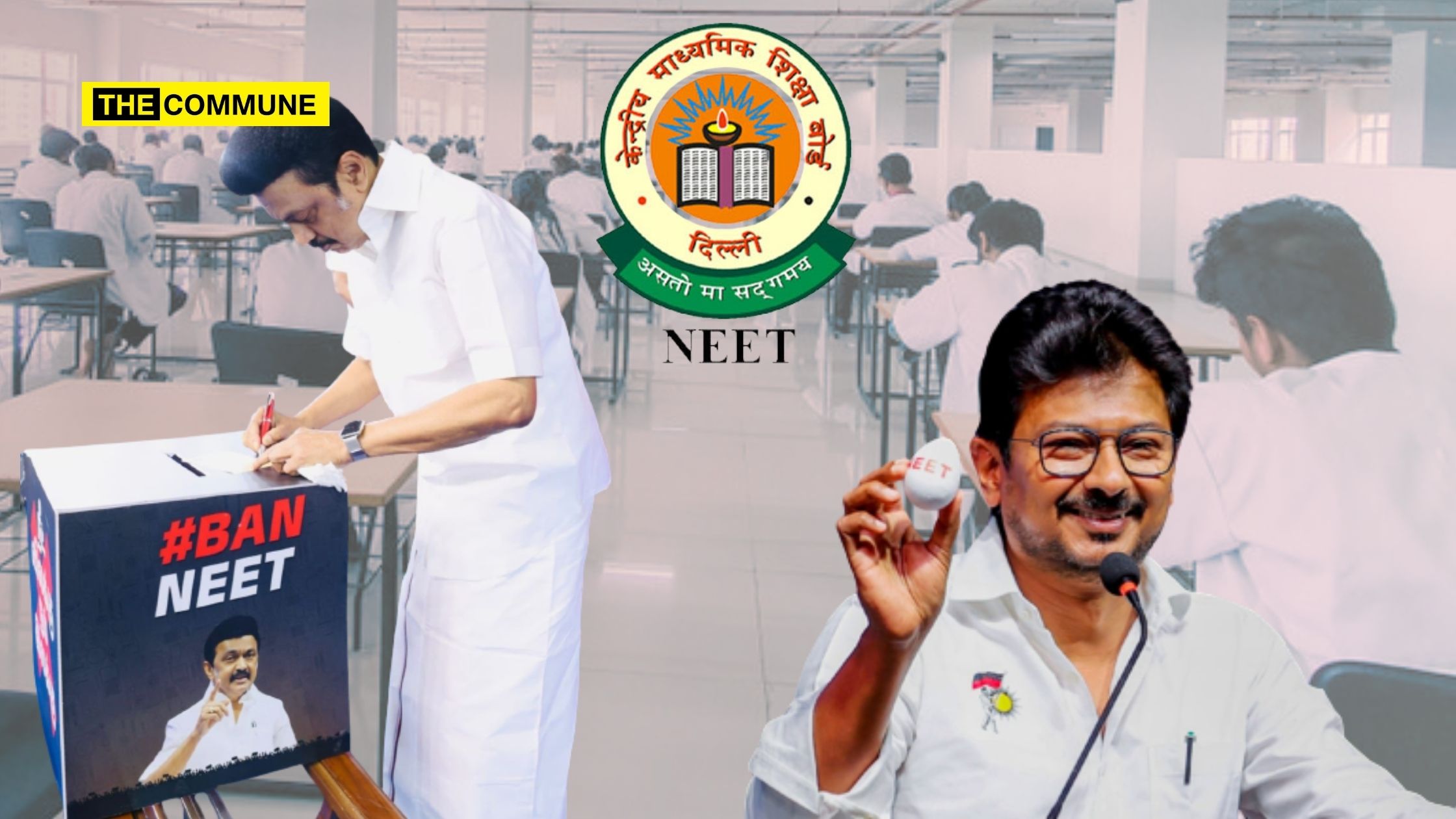
Indian economy was largely dependant on cash and other conventional mode of payments, until 2016 when the UPI was introduced.
From the barter system, to trade through gold and silver coins, we are now in an era where we can transfer money in a few seconds, at the tip of our fingers.
UPI- The Unified Payment Interface is a single-interface payment system, developed by the National Payment Corporation of India (NPCI). The UPI is an instant real-time payment system developed by National Payments Corporation of India through which payments can be made directly to a person or merchant’s bank account.
Today, every small vendor, auto driver, and taxi driver has a scan code stuck on their windshield, making it easier for them to receive payments and for their customers to make payments. Payments can be made by just scanning the QR code or by entering the phone number linked to the recipient’s bank account.
“Small vendors and auto drivers will be missing out on so much income if they fail to have a UPI ID. Many customers today prefer paying via UPI than via cash. We should start using UPI for our convenience and betterment of livelihood,” says Shekar G, 34 – An auto driver in Chennai.
Today, India is moving towards becoming a cashless economy and people do not prefer carrying cash anymore. There is no hassle of getting change, waiting for change, or any of that. Even during the pandemic, when social distancing was a norm to be followed, UPI transactions through apps like GooglePay, PhonePe, and PayTM were a blessing in disguise. It’s almost become a natural inclination for people to move towards UPI transactions.
All you need is a mobile number and a bank account and you can transfer money to anyone with a bank account.
“UPI makes it easier for people to keep track of their transactions. They make it easy to manage your finances, and you can also link your UPI app to apps like Walnut that help analyze your monthly transactions,” says Ashwanth Sajith, a Private Equity Analyst from Mumbai.
India has a bad reputation for black money in its economy and UPI ensures that all transactions are banked for, which means that they are all white. If more people use UPI, then more money is accounted for, which will help the Indian economy, he adds.
In 2017, Paytm became India’s first payment app to cross over 100 million app downloads. Every UPI app today is not just a portal for digital payments, but also works as a platform where you can buy a variety of goods, book tickets, pay your bills, and even buy gold on it!
‘UPI has taken us from ‘do you have change’ to ‘Can I gpay it to you?’ The fact that small vendors have now embraced UPI shows how powerful this one change has been in regularising the economy, says Anish Nandalike, a digital influencer specializing in personal finance and financial literacy.
Since the introduction of UPI, there has been an exponential growth in the use of digital payments in India.
According to the latest data compiled by the National Payments Corporation of India (NPCI), which manages UPI, it has reported a threefold increase during the last fiscal (2020-21) in both the number of transactions and the value and the number of banks that are live on UPI has gone up to 216 from 153 in April 2020. When the platform began operations in April 2016, there were only 21 banks on board. “It is important for national banks to create much safer inbuilt UPI methods for their customers to access. It would be much safer in terms of digital payments and if something goes wrong, you will know who to question, unlike the private apps, whose headquarters are not in our closest vicinity,” says Senthil Kumar, a Chennai-based Canara Bank employee.
“UPI has several pros-convenience, accessibility, and so on, but the cons lie in the user’s hands. If the user doesn’t use the app properly, it might lead to cons, but there are no significant cons from the UPI sector as of now,” he adds.
Digital Payments in India are already at a boom and peak especially with the pandemic, without a doubt, it is now clear that this industry is surely set for explosive growth soon!
While even developed economies like the US and European countries are finding it difficult to make the digital shift, India has emerged as a pioneer in digital payments with its own payment interface.




